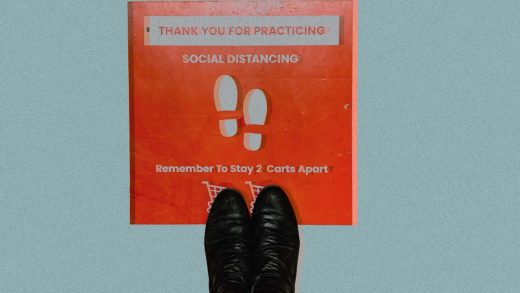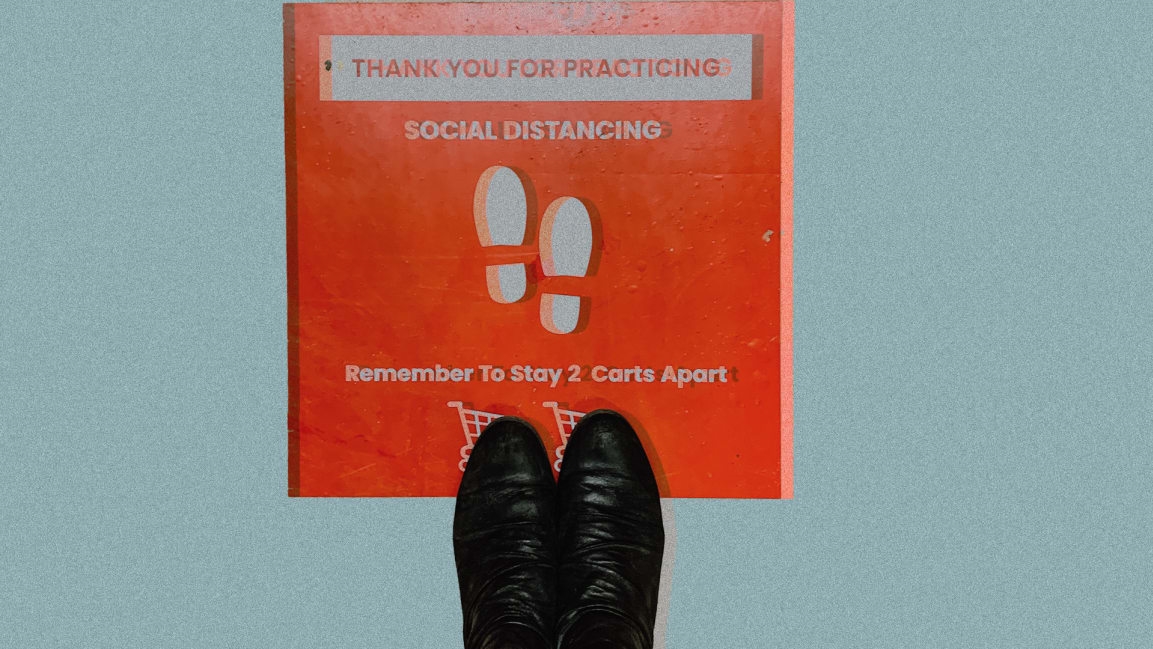A doctor’s guide to reopening businesses safely
But with cases trending up, prompting fear of a new round of lockdowns, or where there are still restrictions on business capacity heading into the winter, many more businesses are likely to close with no new relief lifeline on the horizon. Politicians were unable to reach an agreement on further economic aid before the election and are unlikely to do so before the end of the year. That leaves businesses out in the cold just as a third wave of the pandemic appears to be heading our way.
The patchwork response to the coronavirus in the U.S. means businesses can stay open or reopen in some states, even though cases are spiking. In contrast, companies in other states face more restrictions. Public health experts warn that the winter months may bring the highest infection levels we’ve seen yet, possibly overwhelming hospital capacity and prompting new lockdowns.
There’s evidence in other countries that a national response can mitigate the long-term economic fallout, but other industrialized nations face renewed outbreaks, increasing business uncertainty. As a business leader, you may feel like you have an awful choice: reopen during a resurgence of the pandemic to save your company or close your doors, perhaps permanently, to prevent the spread of the disease.
Suppose you’re currently locked down and hoping to reopen soon or facing the prospect of renewed lockdowns and trying to plan for the future. In that case, the best approach is to reject a false dichotomy between financial and health security. You’re responsible for your employees’ health on the job, and you have an obligation to your customers and community. So don’t reopen prematurely but instead develop a truly safe reopening. With the right expertise, commitment, and investments, you can pull off your plan successfully.
Developing a safe reopening plan
If you already have or believe you may soon have to temporarily close your business, can you reopen before a vaccine is widely available? The answer can be positive, if your business is committed to safety, willing to invest in safety measures, as well guided by current scientific evidence about COVID-19 transmission. First and foremost, it starts with making a plan to reopen safely and keeping tabs on every aspect of infection control going forward.
The first step is to assess individual risk factors in your workforce. If you employ older people, be mindful of their heightened risk. Your workplace configuration also matters. Do people work in close quarters? Can you mitigate that with barriers or offset capacity with shifts? Do you have the appropriate cleaning standards in place? Consult sources of expert advice, such as the Centers for Disease Control and Prevention, to get answers.
Virus prevalence in your community is another consideration. What are the rates of infection? Several data sites can help you keep up-to-date, like the Johns Hopkins Coronavirus Resource Center, which tracks case data and test positivity rates by state. You’ll also need to consider the prevalence of social distancing and mask wearing in your community for a big-picture view.
Frequent testing to keep the workplace safe
Testing for COVID-19 is a powerful tool to control the spread of the coronavirus. It’s crucial to test employees before they return to work and to create an ongoing testing regime for your business. At a minimum, employees should be tested weekly, and higher-risk groups should undergo daily testing. There’s a real-world experience for how this can work—the NBA demonstrated that frequent testing in the workplace could create a safer environment.
It’s also essential to understand how the tests work and the costs before establishing a testing regimen. Antigen tests use mucus or saliva samples to detect active viral infections, which is critical since asymptomatic people can unknowingly spread the disease. Antibody tests use blood samples to detect recent viral infections by identifying antibodies that the body produces to respond to infection. PCR (polymerase chain reaction) tests can be administered by trained medical professionals and submitted for lab testing in a hospital or lab setting. There is also a saliva-based COVID-19 test that can be collected by users at home and work and mailed in that is quickly becoming a popular option.
These testing types can play complementary roles at your business, allowing you to quickly and affordably screen returning employees and detect new infections during routine screenings. The use of multiple types of tests can also help you set up a concrete policy for isolation (i.e., sending employees home to quarantine) and help with contact tracing related to any outbreaks at your workplace.
Reopening safely (compared to reopening too early)
It’s a lot to take in for a business owner—a year ago, you probably never imagined you’d have to create and implement stringent employee health policies, reconfigure workspaces, and test employees for a virus. But this is the reality we’re living in, and it looks like it’s the reality we’re going to inhabit until an effective vaccine is available to all. There are positive developments on the vaccine testing front, but distribution could still be months away.
The good news is you don’t necessarily have to wait that long to reopen, and if you are open now but have to close down in the coming weeks you don’t have to gamble with the health of your employees and customers to reopen. With planning, investment, and commitment, you can deploy physical barriers, enforce social distancing, and implement a testing regime to keep everyone as safe as possible.
Expert guidance on infection control and cleanliness standards and knowledge about testing options and uses can allow you to fulfill your obligation to all stakeholders, including employees, your community, and your business. It doesn’t have to be a “your money or your life” situation. With the right resources in place, you can reopen safely.
Po-Chang Hsu, MD, is the chief medical adviser for Confirm BioSciences. Hsu received his medical degree from Tufts University in Boston. Prior to medical school, he did a master’s thesis on neuroimaging in schizophrenia patients at Harvard Medical School.
(25)



